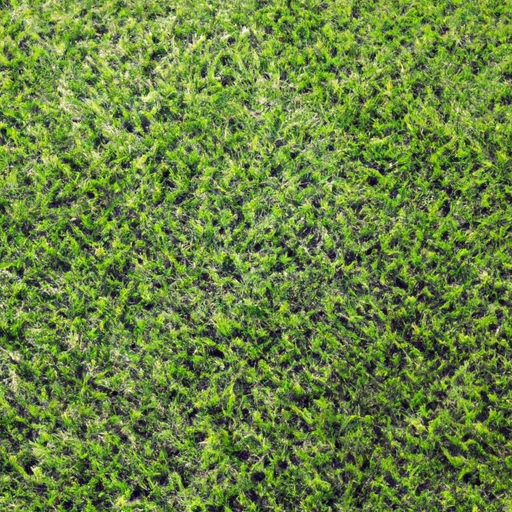
Synthetic Turf vs Natural Grass: Which is Better?
Posted by on 2023-07-28
Synthetic turf vs natural grass: which is better? It's a tough decision to make! On one hand, natural grass offers a variety of benefits, such as providing cushioning and slip-resistance for athletes. But on the other hand, synthetic turf has advantages that can't be overlooked. (To start with,) it's much more durable and requires less maintenance than natural grass. And in some cases, synthetic turf may even offer better performance than its natural counterpart!
However, when it comes to picking between the two there are several factors to consider. For instance, cost plays an important role: while artificial turf can be pricey upfront, over time it tends to save money because of lower costs associated with upkeep and repair. Furthermore, synthetic turf doesn't need sunlight or water like natural grass does - so you won't have to worry about mowing or watering your lawn if you decide to go this route!
But before making any decisions about which option is best for your needs, it's important to take into account how each would affect the environment. Natural grasses require significantly more energy and resources to grow and maintain than synthetic turfs do; thus opting for an artificial lawn could result in substantial savings of both resources and money down the line. Plus, some research suggests that artificial turf might not be as bad for the environment as previously thought - meaning that despite its initial costliness it could actually be more eco-friendly than natural grass in certain circumstances!
Ultimately though, when choosing between synthetic turf vs natural grass: which is better? depends on your individual needs and preferences.(There's no easy answer!) Nevertheless, considering all aspects of these two options should help you come up with an informed decision that works best for you - whether that means going with a traditional lawn or investing in some newfangled fake greenery! Exclamation mark